
Making a decision about which book to share in this month’s edition of Books Teachers Love was no easy task. I am one of those holiday fanatics who proudly listens to Christmas songs in August and experiences burst of jittering excitement at the thought of hanging stockings. Needless to say, I have more than one favorite read aloud for the month of December.
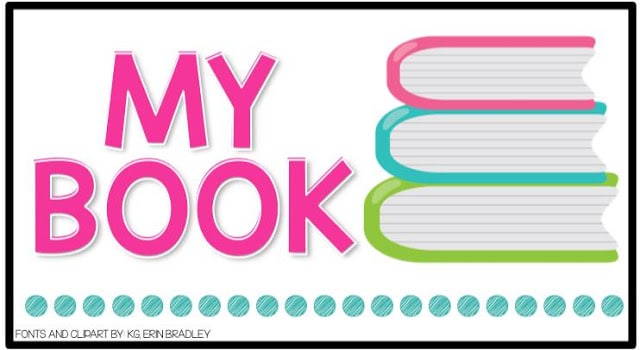
When it came down to it, I decided to share the modern-day classic, Snowmen at Christmas by Caralyn Buehner. My students are in need of some extra practice with identifying cause and effect and expanding detail in their descriptive writing. This fictional favorite turns out to be the perfect launching pad for practicing both skills.
In this beautifully-illustrated, playfully-rhythmic read aloud, snowmen come to life after humans fall asleep. They glide through town, trim the Christmas tree, enjoy games and iced sweets, sashay to their favorite songs, and receive gifts from the Snowman Kris Kringle before they head home for Christmas morning.
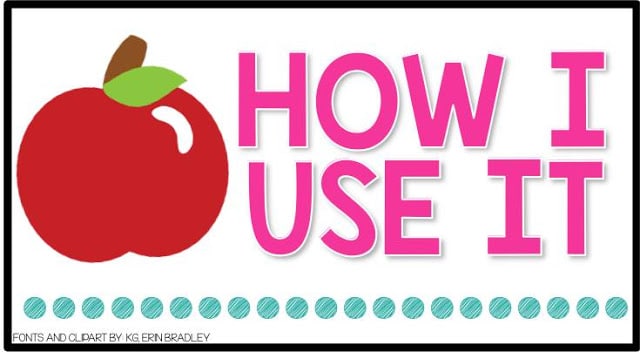
As mentioned above, this book is a great reference point for cause and effect activities and descriptive writing practice. I decided to combine both skills to create one project that will serve as a perfect celebration of learning and holiday cheer. Here’s how you can do the same with your second or third grade class:
Laying A Foundation For Cause and Effect
After reading this book aloud to your class, host a discussion around how the illustrator clearly shows the snowmen participating in activities the author describes. Give your students a moment to look carefully at the last page of the book. Ask them to identify a subtle hint in the picture that shows the snowman secretly celebrated at night (the snowman is winking).
Digging Deeper Into Cause and Effect
Flip back through the book and discuss how one might show the effect that each celebration has on a snowman’s appearance and how that effect can be included in an illustration of the snowman at sunrise.
For example, on the page that shows the snowmothers laying out “All kinds of cold treats: ice cream and snow cones, and dainty iced sweets”, the snowman could have a “dainty iced sweet” tucked into his pocket when he returns to his spot at sunrise. Repeat these examples until you feel your class has a strong grasp on how to illustrate the effects that each celebration has on the snowman’s appearance.
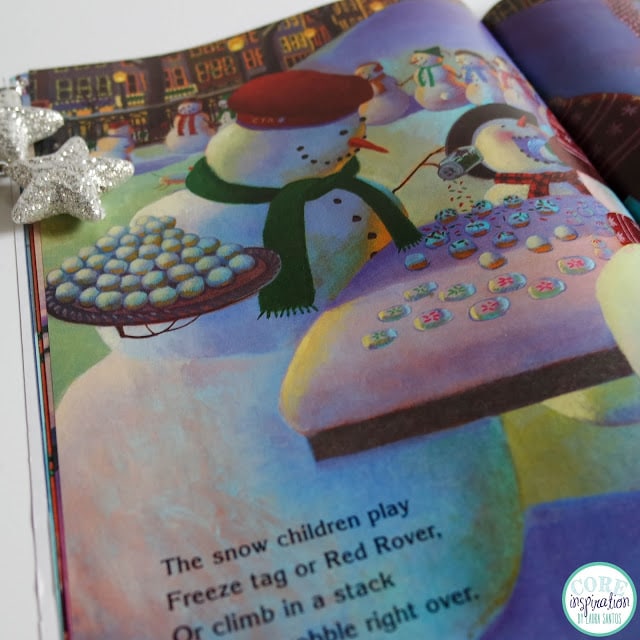
Give your students practice with showing cause and effect through their own illustrations. To do so, divide a paper into three sections. In the first section, students draw their snowman sitting perfectly outside their home at sunset. In the second section, students draw their snowman secretly celebrating at midnight. In the third section, students draw their snowman back in position outside their home looking subtly different at sunrise. The third illustration should show the effect that the celebration has on the snowman’s appearance and serve as a reference for conversation about cause and effect.
Weave In Descriptive Writing Practice
The second illustration showing the snowman secretly celebrating at midnight can also serve as a perfect reference for a short descriptive writing piece. To begin, host a class discussion or a group brainstorm to collect strong adjectives and vivid verbs that might be used to describe the secret celebrations of snow people.
Follow by analyzing descriptive writing samples about the topic and then give your students time to draft their own descriptive piece about how their snowman secret celebrates.
Celebrate Learning
Mount drawings and writing on construction paper and either laminate and bind as a class book, or display on your classroom wall. During the week before holiday break, it’s always fun to have each child share their illustrations and description with the class to build more excitement for the upcoming holiday celebrations.
If you are interested in incorporating these activities into your curriculum, visit my Teachers Pay Teachers store to grab a copy of my Snowmen At Night Activity Pack for everything you need to prep for these activities. My resource includes organized printables that help you guide your students through the steps outlined above, illustration samples, writing samples, and rubrics to help students reflect on their understanding and work quality.
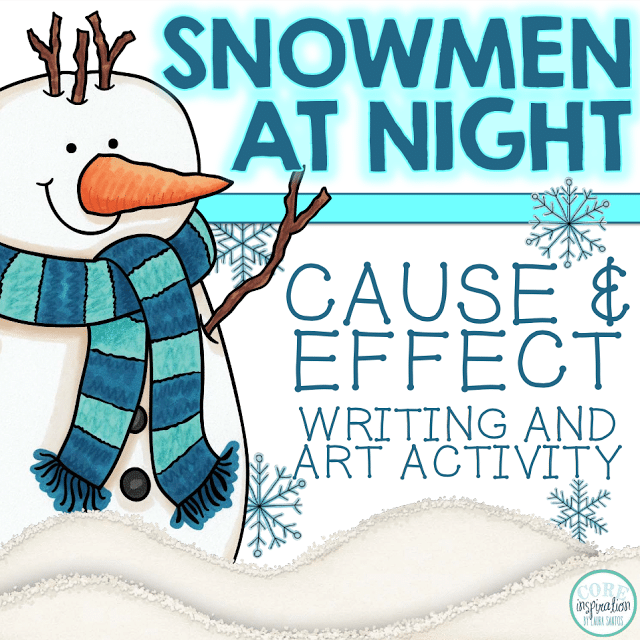
Interested in gathering other December read aloud recommendations and lesson plans? Visit the other Books Teachers Love December posts here.

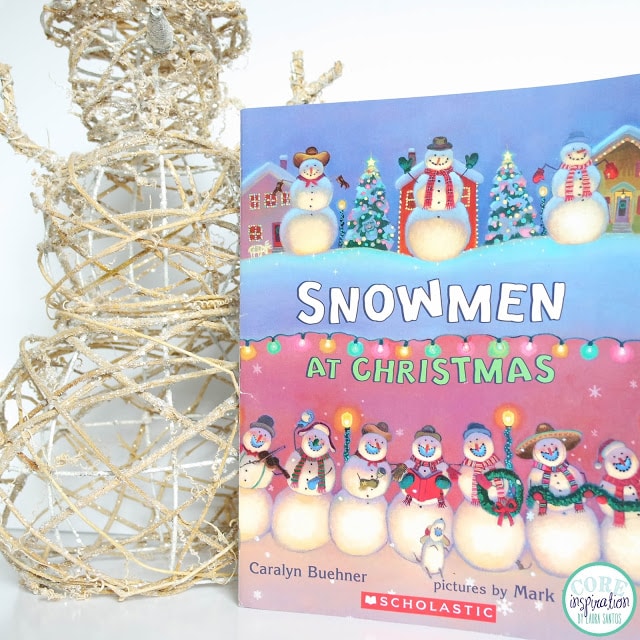
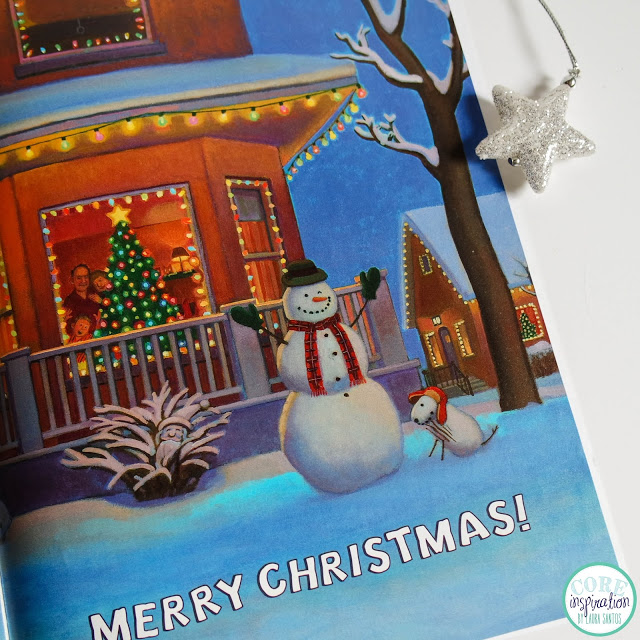
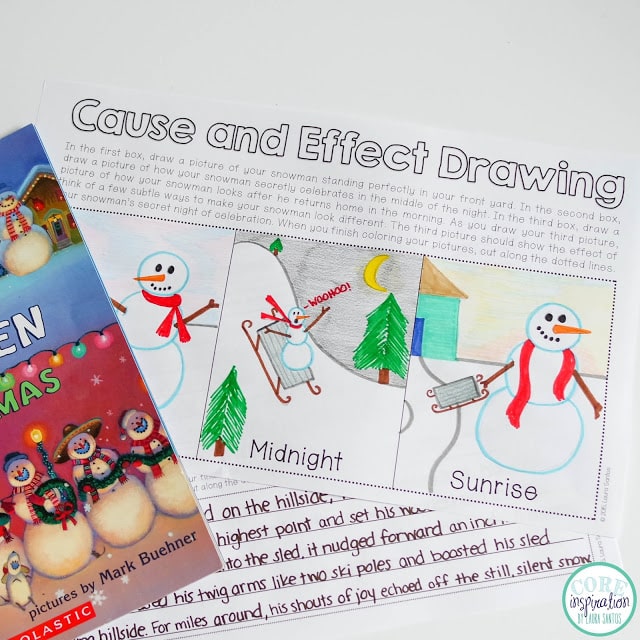
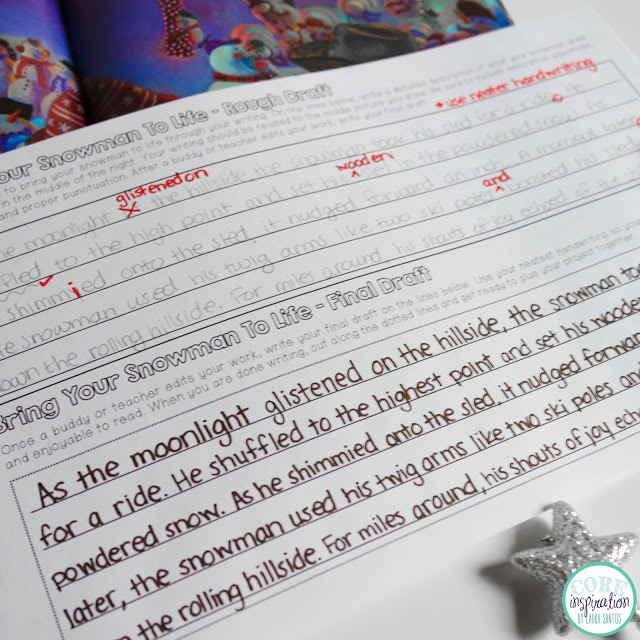

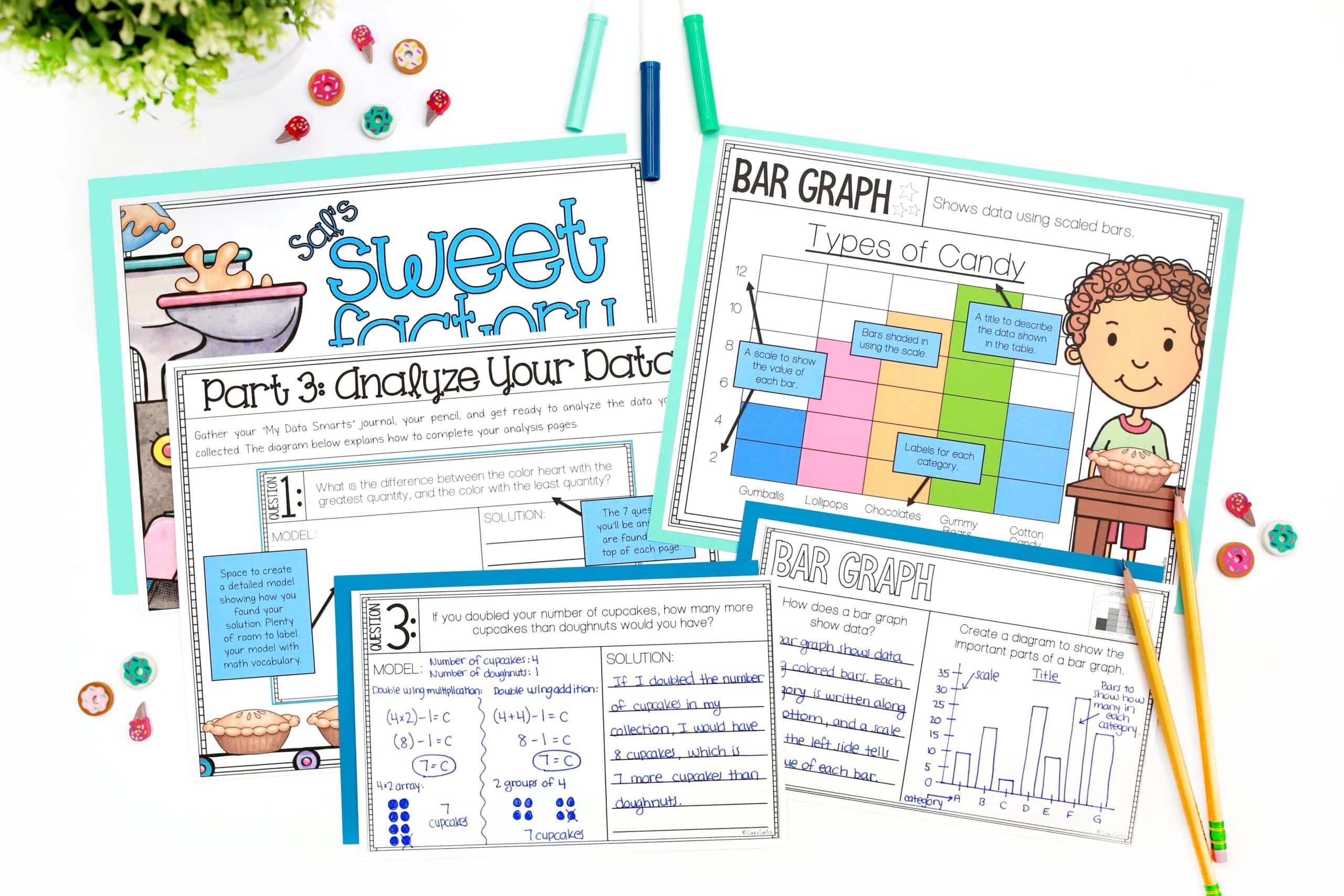
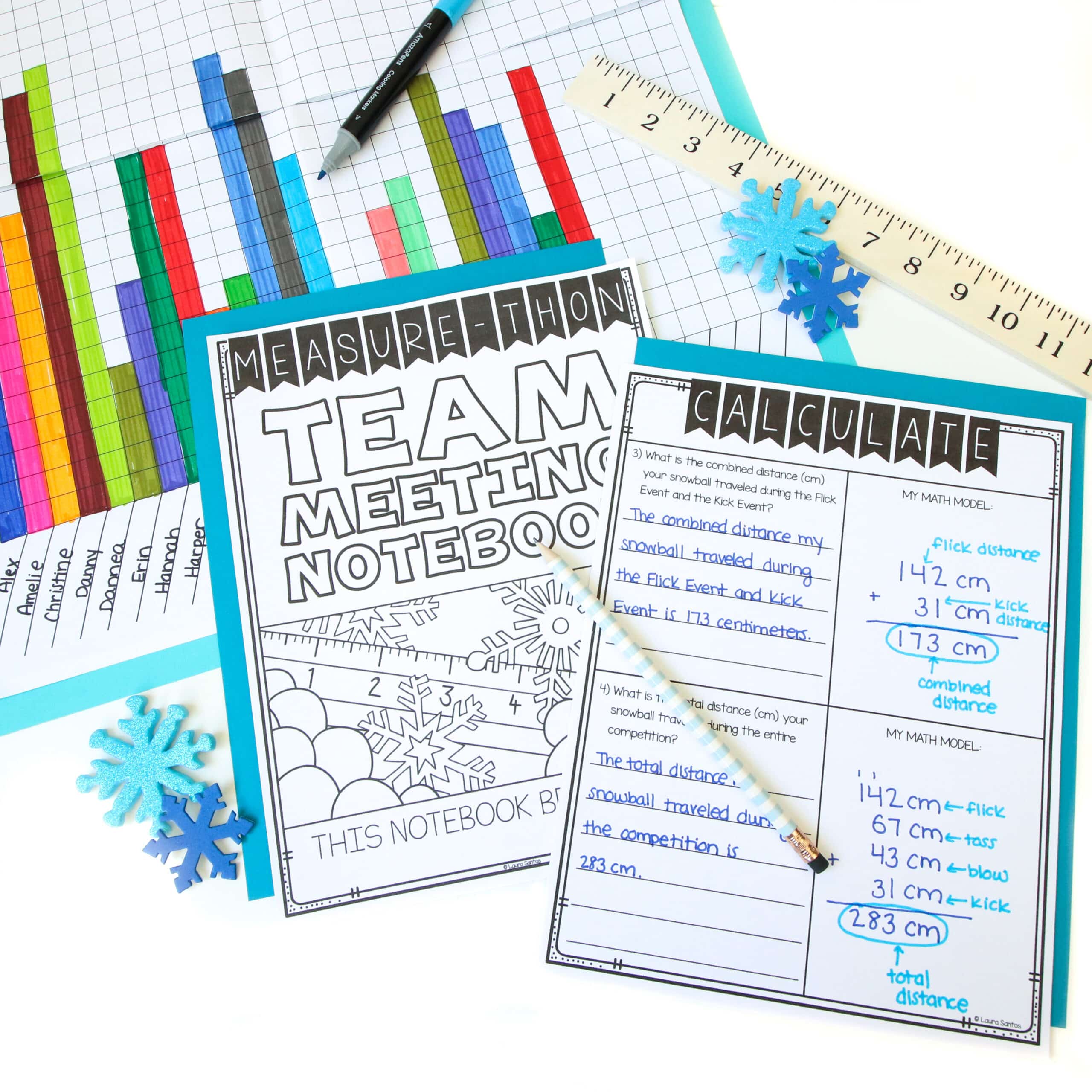

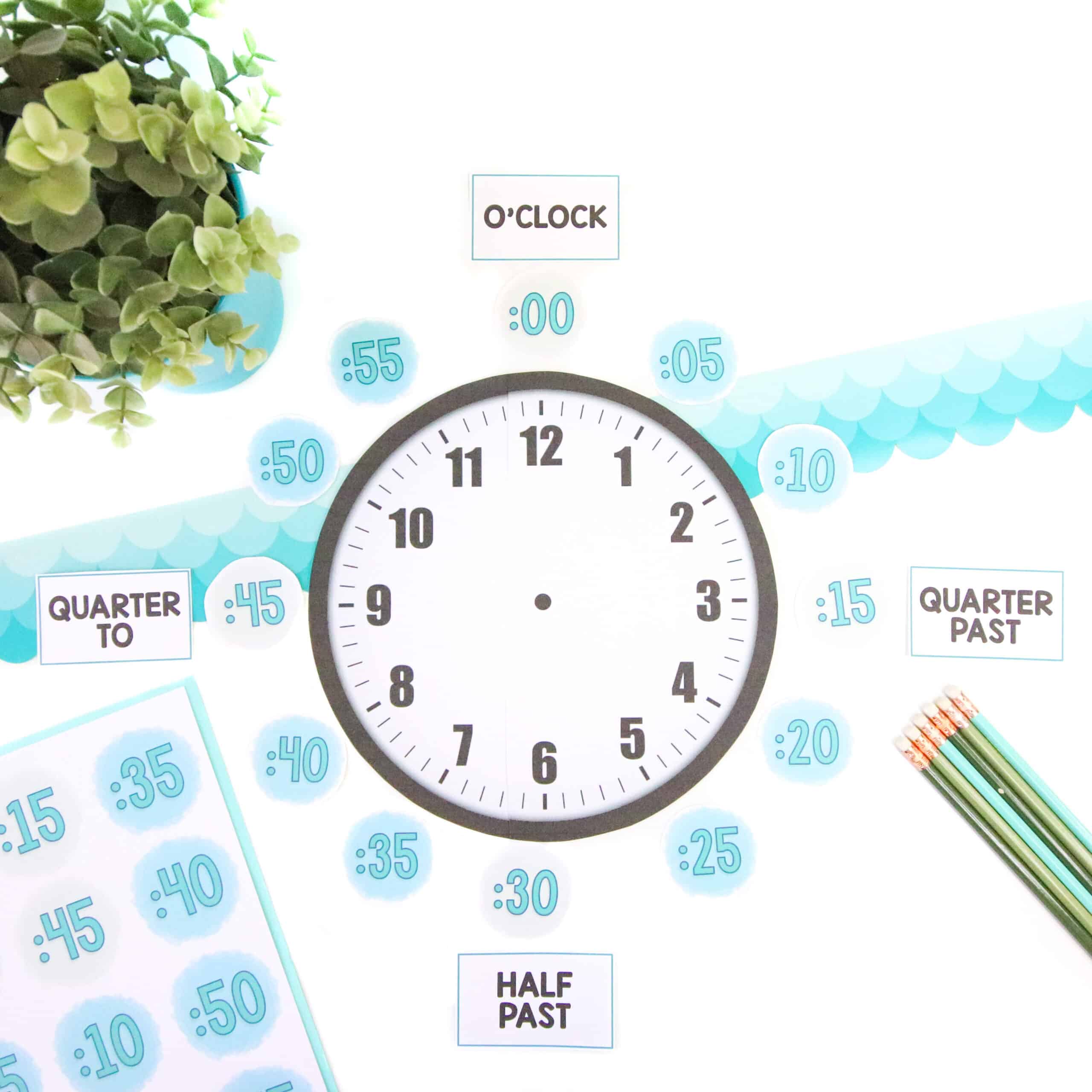
3 Responses
Such an elegant and simple lesson on cause & effect. Its always one of the harder concepts for me to teach in first grade, thanks for sharing!
Oh my goodness, I NEED your product and I NEED this book! You've sold me! I love everything about your post! 🙂
Amber
PeppyZestyTeacherista
What a perfect activity. I love this entire series of books and so do my kids! And your photos, gorgeous!